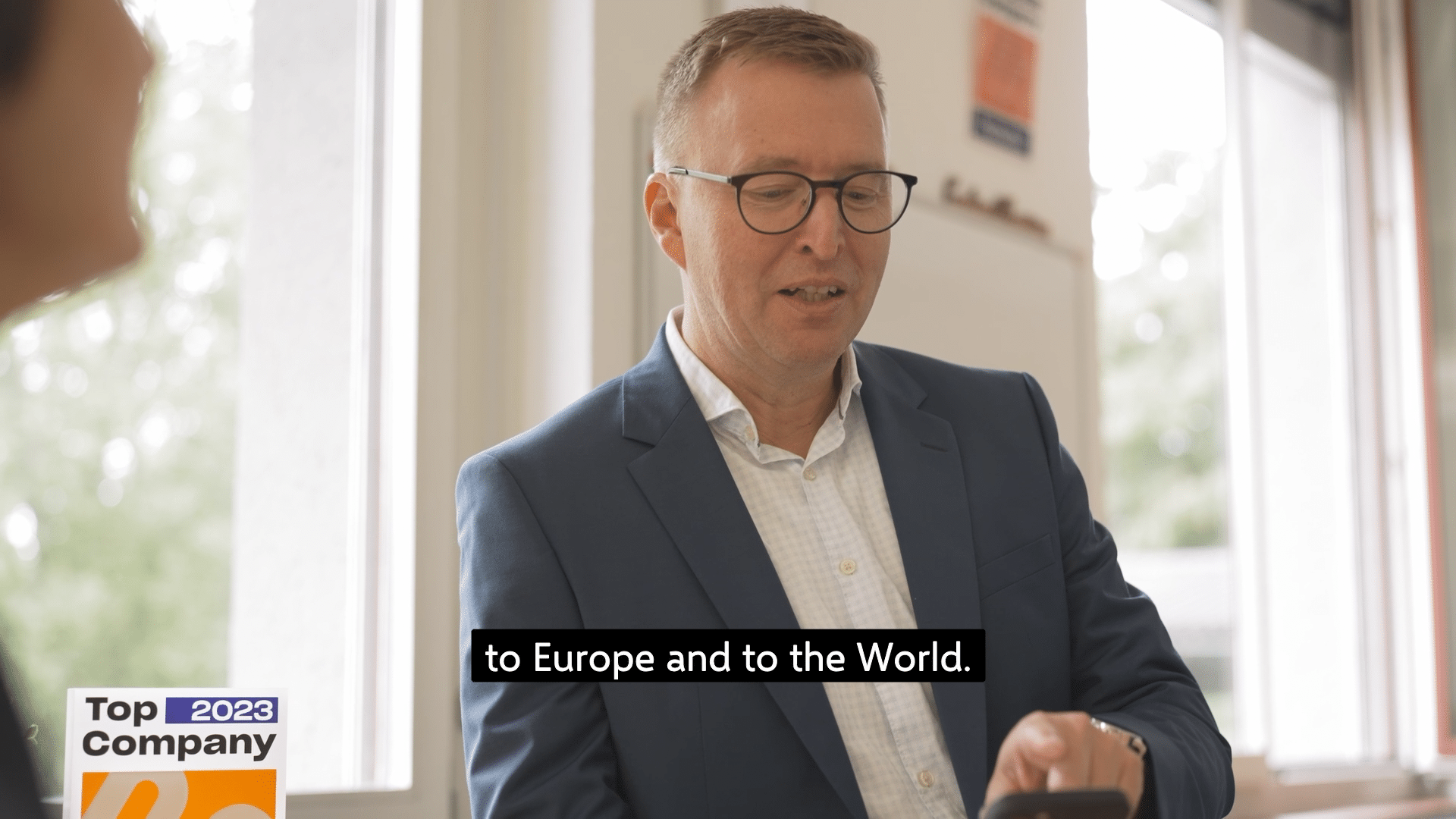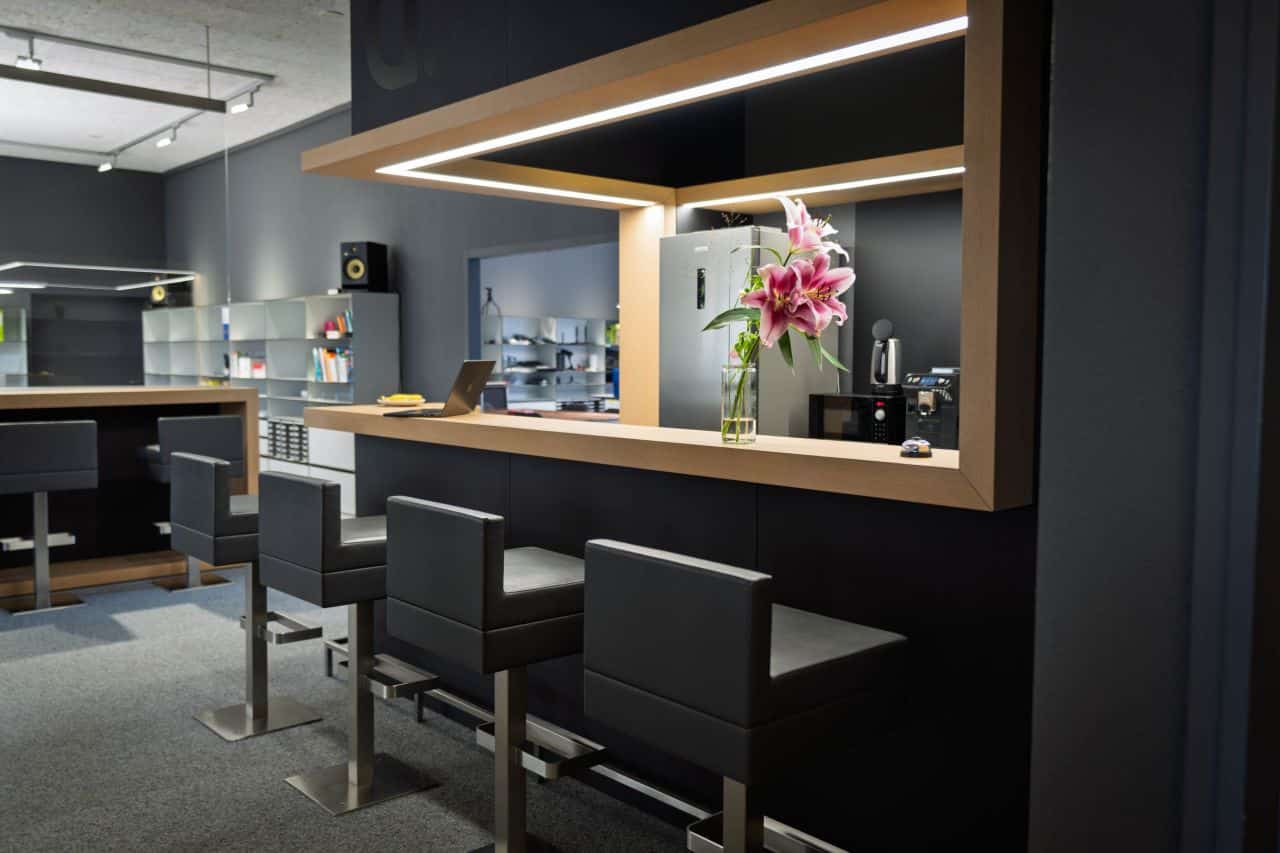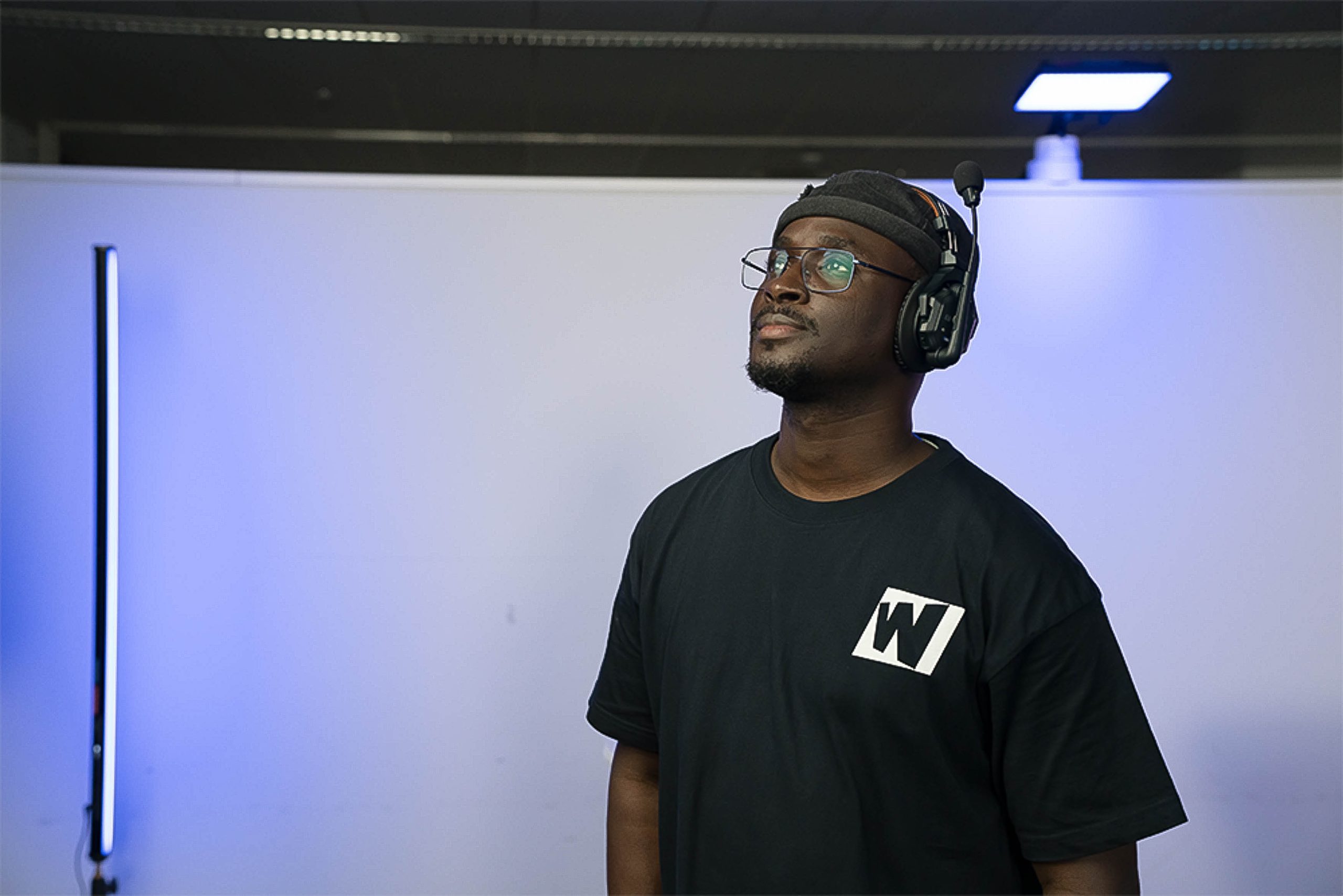In the realm of corporate video production, understanding camera angles is of paramount importance. This is because camera angles can significantly influence the tone, mood, and overall perception of the video content. This article will delve into the intricacies of various camera angles and how they can be effectively utilized in corporate video production.
Switzerland, being a hub of many multinational corporations, has a thriving corporate video production industry. The demand for high-quality, engaging, and professional video content is ever-increasing. Therefore, mastering the art of camera angles is a prerequisite for any video producer aiming to create impactful corporate videos in this region.
Understanding camera angles
Camera angles, in the simplest terms, refer to the positioning of the camera in relation to the subject of the shot. It is one of the key elements of cinematography that can dramatically alter the viewer’s perception and emotional response to the scene. The choice of camera angle can convey various emotions, ranging from dominance to vulnerability, and can also provide a unique perspective or focus on certain elements within the scene.
Camera angles are not merely technical aspects of video production; they are powerful storytelling tools. By manipulating the camera’s position and angle, a video producer can guide the viewer’s attention, create tension, reveal or conceal information, and ultimately shape the narrative of the video.
The importance of camera angles in corporate video production
In the context of corporate video production, camera angles play a crucial role in conveying the company’s message, values, and brand identity. For instance, a low-angle shot of a company’s CEO can portray them as a powerful, authoritative figure, while a high-angle shot can make the same individual appear more approachable and relatable.
Moreover, camera angles can be used to highlight specific elements in a corporate video, such as a product, a logo, or a key action. This can help to reinforce the company’s branding and make the video more memorable for the viewers.
Common types of camera angles
There are numerous types of camera angles, each with its own unique characteristics and effects. Some of the most commonly used camera angles in video production include the eye-level shot, the high-angle shot, the low-angle shot, the Dutch angle, and the over-the-shoulder shot.
Each of these camera angles can evoke different emotions and perceptions in the viewer. For example, an eye-level shot can create a sense of neutrality and balance, while a Dutch angle can create a sense of unease or disorientation. Understanding the effects of these camera angles is essential for choosing the most appropriate angle for each scene in a corporate video.
Eye-level shot
The eye-level shot is one of the most commonly used camera angles in video production. As the name suggests, this angle involves positioning the camera at the same level as the subject’s eyes. This creates a neutral perspective, as the viewer is neither looking up at nor down on the subject.
In corporate video production, the eye-level shot is often used in interviews, presentations, and testimonials. This angle allows the viewer to engage with the subject on an equal footing, fostering a sense of trust and rapport. It is also ideal for conveying factual, objective information, as it does not impose any particular emotional bias.
High-angle shot
The high-angle shot involves positioning the camera above the subject, looking down on them. This angle can make the subject appear smaller, weaker, or less significant, which can be useful for conveying certain narratives or emotions.
In a corporate video, a high-angle shot can be used to show a wide view of the company’s premises, or to depict a situation where a character is feeling overwhelmed or under pressure. However, this angle should be used sparingly, as it can potentially diminish the perceived importance or credibility of the subject.
Low-angle shot
The low-angle shot, on the other hand, involves positioning the camera below the subject, looking up at them. This angle can make the subject appear larger, more powerful, or more dominant, which can be effective for portraying authority figures or emphasizing the importance of a product or event.
In a corporate video, a low-angle shot can be used to present the CEO or other high-ranking officials in a powerful and authoritative light. It can also be used to highlight the scale or significance of a product, a building, or an event. However, like the high-angle shot, the low-angle shot should be used judiciously to avoid creating an overly intimidating or unapproachable image.
Dutch angle
The Dutch angle, also known as the canted angle, involves tilting the camera to one side so that the horizon is not level. This creates a sense of unease, tension, or disorientation, making it a powerful tool for conveying conflict, instability, or psychological distress.
In corporate video production, the Dutch angle can be used to depict a crisis, a challenge, or a turning point. However, due to its dramatic effect, this angle is typically used sparingly and for specific narrative purposes. Overuse of the Dutch angle can potentially confuse or disorient the viewer, detracting from the overall message of the video.
Over-the-shoulder shot
The over-the-shoulder shot involves positioning the camera behind one subject, capturing the other subject from over their shoulder. This angle is commonly used in dialogues or conversations, as it creates a sense of depth and perspective, and allows the viewer to feel as if they are part of the conversation.
In a corporate video, the over-the-shoulder shot can be used in interviews, meetings, or discussions. This angle can help to establish a connection between the subjects, and can also provide a clear view of the subject’s facial expressions and reactions, adding a layer of authenticity and engagement to the video.
Conclusion
Understanding and effectively utilizing camera angles is a vital aspect of corporate video production. Each camera angle has its own unique characteristics and effects, and can significantly influence the tone, mood, and perception of the video. By carefully selecting and combining different camera angles, a video producer can create a compelling, engaging, and professional corporate video that effectively conveys the company’s message and brand identity.
Whether you are a seasoned video producer or a beginner in the field, mastering the art of camera angles is a worthwhile endeavour. With practice, experience, and a keen eye for detail, you can harness the power of camera angles to create impactful and memorable corporate videos.



